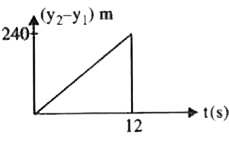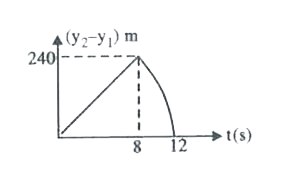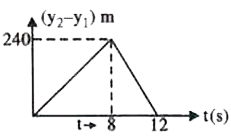Recommended Questions
- How much magnesium sulphide can be obtained from 2.00 g of Mg and 2.00...
05:57
|
Playing Now - In magnesium sulphide, the ratio by mass of Mg and S is 3:4. What is t...
03:40
|
Play - What amount of magnesium sulphide (MgS) will be produced from 1 g o Mg...
06:23
|
Play - 1.0 g of magnesium is burnt with 0.56 g O(2) in a closed vessel. Which...
03:05
|
Play - 4.2 g of Mg is burnt in 4.8 g of slushy to form magnesium sulphide.Wha...
06:41
|
Play - 1.0 g of Mg is burnt with 0.28 g of O2 in a closed vessel . Which reac...
04:10
|
Play - How much magnesium sulphide can be obtained from 2.00 g of Mg and 2.00...
03:15
|
Play - 1.0 g of Mg is burnt with 0.28 g of O(2) in a closed vessel. Which re...
03:22
|
Play - 1 g Mg Oh 1 g How many grams of magnesium sulfide in the reaction of s...
04:05
|
Play



